In the Mind of a Shape Shifter
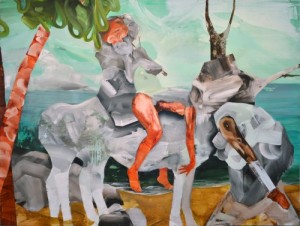
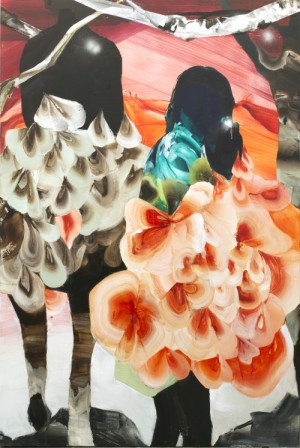
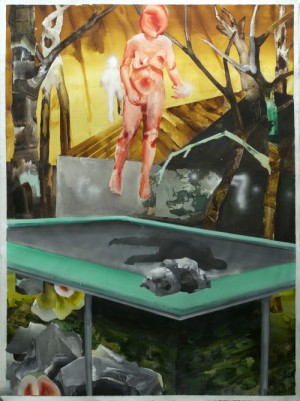
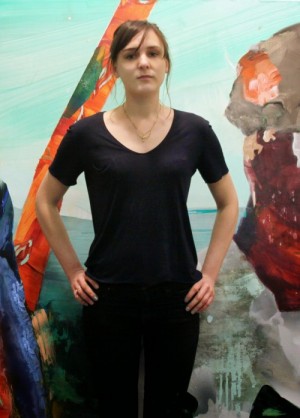
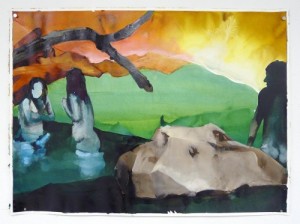
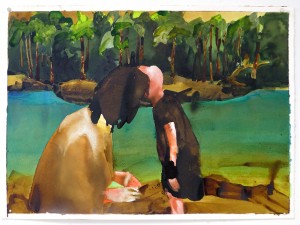
Whether it is for the better or for the worse, we all have a vision, an opinion on the many different ways the world could be improved. Ask anyone for their vision of a better world; there is a high probability that you shall be given a description of a utopia where humanity actually loves and understands each other. Ask that same person for a map to reach that very utopia they have most likely passionately described and the high probability shall be that a pin will be dropped three thousand miles away and you will hear it drop.
There are a few exceptionally realistic people; one may go as far as to call them the school of post humanism, whose ideology of a future utopia is not one our contemporary society builds; rather it is a utopia that arises from our demise.
In her first New York City solo exhibition at the P·P·O·W Gallery in Chelsea titled All this happen, more or less, Artist Elizabeth Glaessner through her extravagant and striking imaginative perception invites us to a refreshing view of what a post human utopia could be.
With a mixer of water, acrylics, oil paints and inks, Glaessner has created a world beyond the existence of modern man. Her post humanist paintings are saturated with the carnage of today’s society, yet with the same brush stroke these grandiose works exhilarate hope.
In Morning Swim, Glaessner introduces the viewer to a trio of faceless bathers; two of them enjoying what appear to be a minuscule lake of toxic water. The third bather stands to the right of the image as the sun rises in the distance conscious that its golden rays shine down on new life, life that has begun to find a place in this post- humanist poisonous world. The fascinating aspect of this painting is that although the viewer can understand the destruction that has occurred, no evidence of misery, sorrow or death can be found; instead one is lost in the thrill of possibilities for their tomorrow.
In Glaessners’ post humanist world where modern humanity no longer exist, the remaining evidence of our existence has become admirable relics to the inhabitants of this new world. Items that were to us simple leisurely pleasures have become elements of divine rituals. In the painting titled Trampoline Ritual the viewer observes in earthy tones an intimate interaction of a creature with the simple purpose of a trampoline. The once again faceless human-like creature interacts with the trampoline in a manner that resembles the lost innocence of our society. With all the proper uses of split and complementary colors the viewer is once again given a sense of impressive hope.
In Loneliest Nonfunctional Boat the viewer journeys into a scene of an almost hopeless gray sky. The object floats in a motionless body of water as though to remind us that this world the viewer has exhibited has only come to fruition through the destruction and devastation of our own society and the human race.
Water is one of the elements continuously repeated in Glaessner’s work, whether it is part of the image as a visual or the creating force, the presence of water in her work is difficult to neglect. “Water†Elizabeth Glaessner said “takes a life of its own in the process of my creations.†When ask about her process of creation Glaessner replied that it all begins with a story. “No one knows my story telling more than my sister.†she said, “I use to keep her up all night with them when we were kids. These days, I keep myself up with my stories.â€
When asked if she has ever written her stories down on paper, “I have†she said, but explained that in her attempts to preserve her stories in the written form as she first imagines them they lose their sensitivity in the visual. “Is as though I have given life on paper and there’s no need for me to tell the same story twice,†Glaessner said. “They lose their importance to be painted once they are told in the written form.†She said, “Celeste, Donkey Face, Serpentine, and Milk Maiden are all character from my stories, each with their own personality and attitudes.â€
Elizabeth Glaessner’s phenomenal post-humanist surrealism is drenched in originality. Her work stands out far beyond most of today’s artist. Mainly because she is not attempting to be the next famous and popular artist, in her work one can certainly notice her homage to tradition and to the art masters that have influenced her. Glaessner grants respect to the techniques of our art masters in areas where most of todays’ artist lose their identity in counterfeiting the past.
Although most of the works in the exhibition are dynamic portraits of optimism, the creatures and objects depicted in Elizabeth Glaessner’s work remind us of the dangers that we in modern day society have created, but furthermore sophistically ignore and that is the biggest danger that lurks in the ambience of our tomorrow.
For more information on Elizabeth Glaessner’s work please contact the P•P•O•W Gallery at www.ppowgallery.com
All images are Courtesy of artist Elizabeth Glaessner and P.P.O.W Art Gallery.

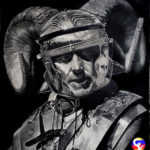

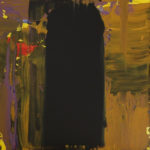
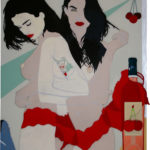
2 COMMENTS
Nathandaw
12/03/2020You’re so cool! I don’t think I have read something like this before. So wonderful to find someone with genuine thoughts. Seriously.. thanks for starting this up. This web site is one thing that’s needed on the internet, someone with a bit of originality!
Robertjula
12/09/2015Hello one of my friends, Your Astella 8 *.